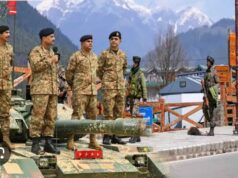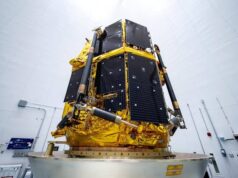Naval Tejas to evolve into Twin Engine FIGHTER In 5 years
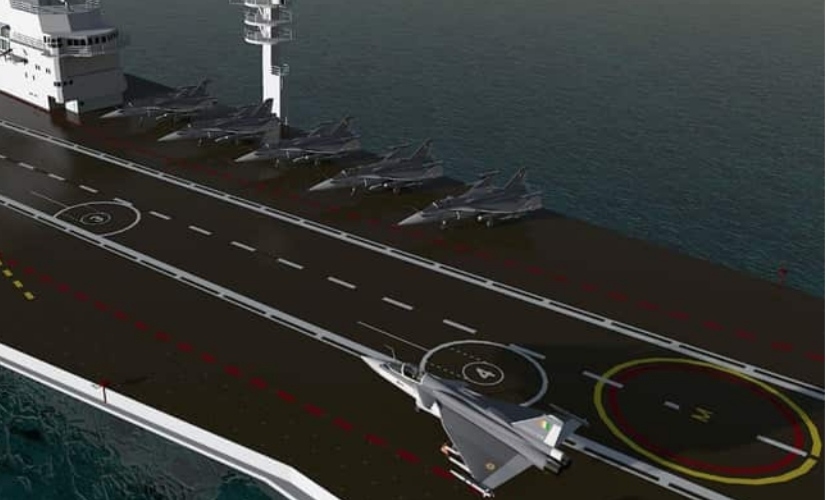
The development of a twin engine naval fighter based on Naval Tejas was discussed on May 22 at ADA’s Annual General Body meet. The meeting was chaired by Defence Minister Rajnath Singh and was attended by the Navy and Air Force Chiefs. Right after this meeting, even the Operational Requirements for the new fighter were issued by the Naval Headquarters.
With the super success of trial landings of the Tejas-N fighter on board INS VIKRAMADITYA, the Aeronautical Development Agency has given the go ahead for the development of a twin engine indigenous fighter jet. The development phase is expected to cost between Rs 7,000 and Rs 8,000 crore.
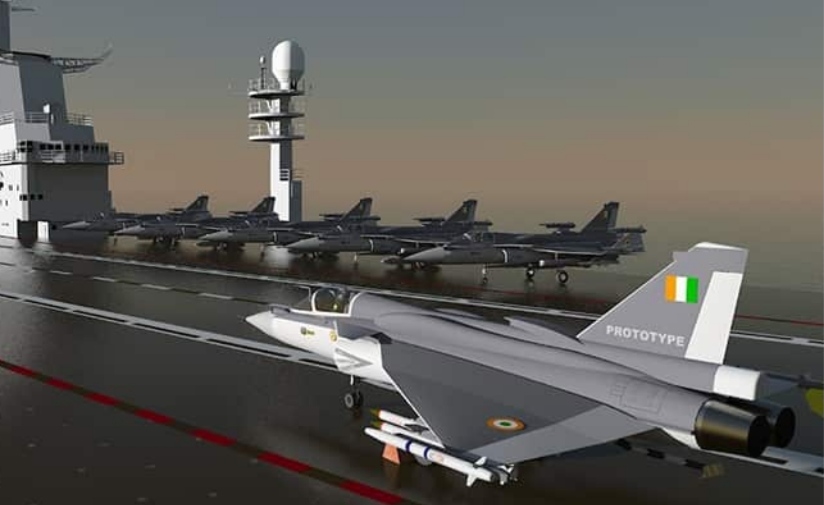
The Naval Tejas has already been flown extensively. Thus the development of the new fighter jet will soon follow a rapid pace. As it is, the government announced a series of structural reforms in the Defence sector under the “Atmanirbhar” goal which will result in India dramatically cutting down on its defence imports.
The prototype of the new fighter-jet should be flying within five years and much before 2030 it should be operating from the decks of INS VIKRAMADITYA, INS VIKRANT and then INS VISHAL which would definitely be joining the Indian Navy. This fighter will then start elbowing out the MiG 29 to supplementary roles. To ensure full protection of the Indian Ocean Region, the Indian Navy needs sux air craft carriers, that implies nearly 250 naval fighters.
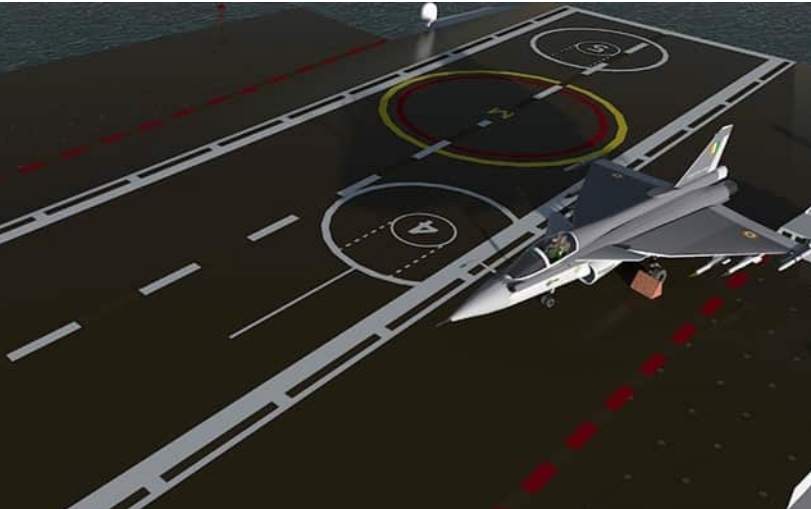
The Tejas-N program was a success when landings and take offs were done from the decks of INS VIKRAMADITYA by two prototypes.. While landing the jets decelerated from approximately 244 kmph to a standstill, within the 90 m length of the deck of INS Vikramaditya, with help of wire arresters.
Those in ADA and Naval HQ connected to this decision making of the new advanced variant of the single-engine Tejas-N, say that the new fighter has bench-marked against tge performance characteristics of the jet to Boeing’s F/A-18 E/F “Super Hornet”, in service with the US Navy and the Marine Rafale, deployed on the French Navy aircraft carrier Charles de Gaulle. The new jet surely imbibe all technologies being developed for the IAF’s Advanced Medium Combat Aircraft (AMCA) but will not be a stealth fighter. Speed and other features will make up for the stealth characteristics.
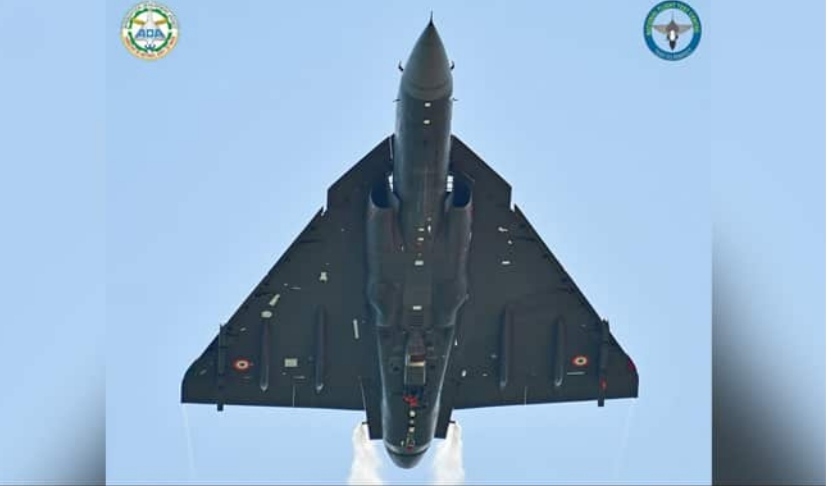
At least three variations of the design of the new fighter are being studied presently and Computational Fluid Dynamics (CFD) tests and wind tunnel modelling will ensure the optimum shape of the fighter to match its projected operational capabilities. It’s still unclear whether the new fighter will be a tail-less delta platform, similar to the IAF’s LCA Tejas fighter or, for that matter, feature canards, a small forewing placed ahead of the main wing of the aircraft to aid manoeuvrability.
The very advanced variant of tejas fighter for the IAF, the Tejas Mk-2 is expected to be inducted by 2024. The new fighter being developed for the Navy will be an altogether different fighter and will be superior to the IAF’s Tejas Mk-2 in many respects, once developed.

